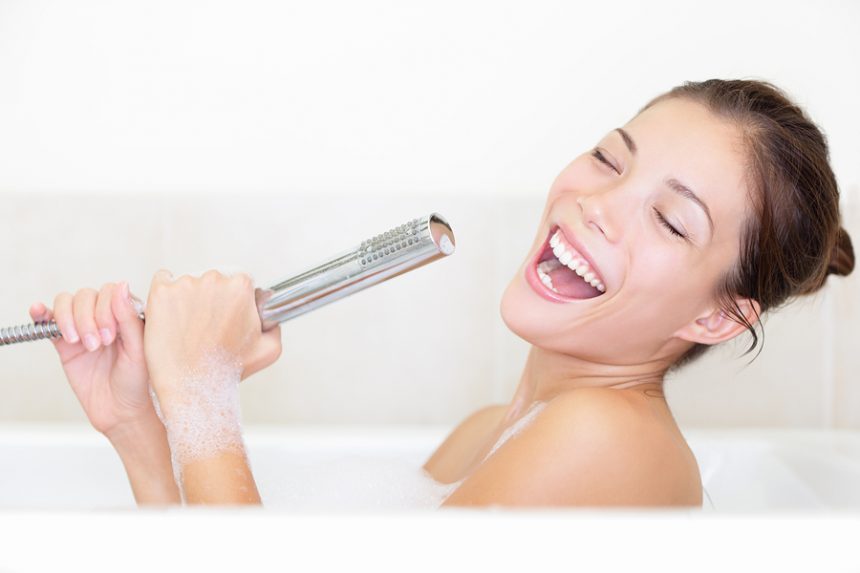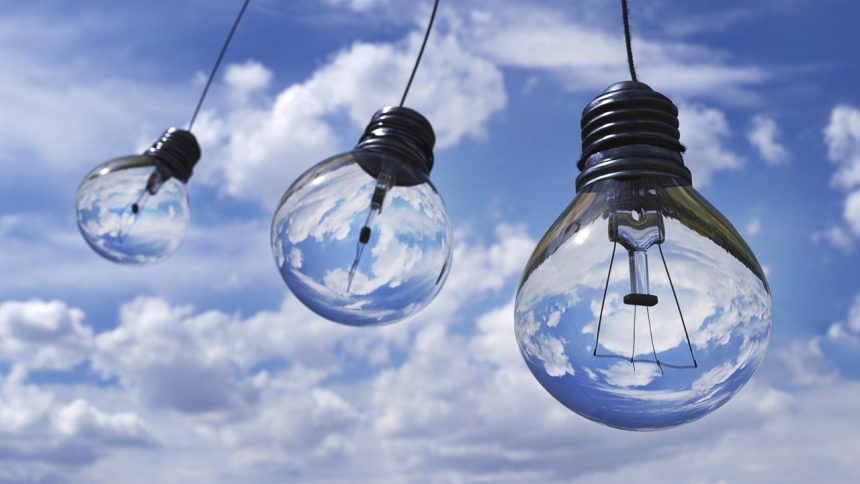Today we will talk to you a little bit about “How to Maintain Your Water Heater and keep it running smoothly“. Most people don’t even think about this simple maintenance procedures as long as everything is working properly, which is usually the case with solar hot water systems. But water heaters like anything else require appropriate ongoing maintenance to make sure that lasts as long as possible.
In this article, we will explain how you can perform an effective yearly draining of your gas water heater to ensure that it stays running properly but be careful ! You will be dealing with gas or electricity and also extremely hot water.
#Step 1: Determine if it’s Gas or Electric water heater

There are 2 basic types of water heaters, one powered by gas and the other by electricity. Check around the tank and just read any specific safety measures and labels.
NOTE : Don’t do anything unless you understand what you are doing (It’s not a game, you are dealing with gas or electricity)
#Step 2 : Find temperature and pressure relief valve , Water Drain and the main water Shut off Valve

The first thing is to locate the water shut off valve, it’s generally placed at the head of the hot water heater . This valve is usually similar to the circular water valves used for front.
The temperature and pressure relif valve is located on top also in the most cases . It should have labeling or some notes next to it . In the wall you can find a piping that leads out of the water heater. On the other side of the wall should the the continuation of this piping . Ensure that this is not faulting . This procedure is essential .
The last one is the water drain, it is placed on the bottom . It’s a simple spout which has some threads making sure that a hose is simply connected .


